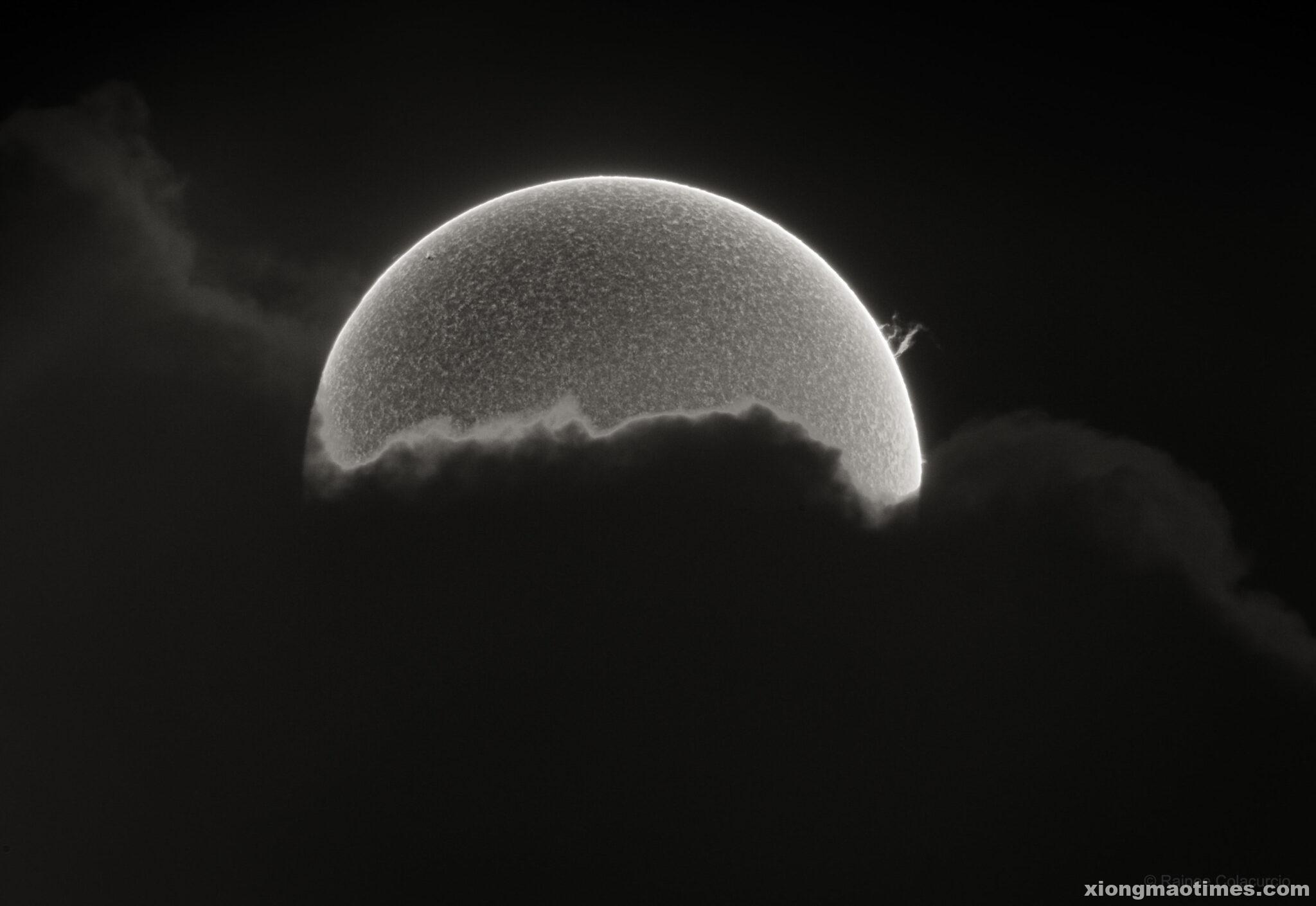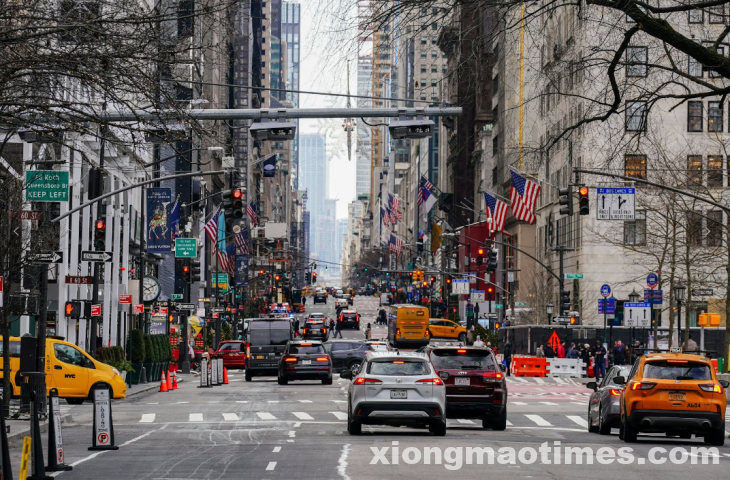Explanation: What’s happening to the Sun? Clearly, the Sun’s lower half is hidden behind a thick cloud. Averaging over the entire Earth, clouds block the Sun about 2/3rds of the time, although much less over many land locations. On the Sun’s upper right is a prominence of magnetically levitating hot gas. The prominence might seem small but it could easily envelop our Earth and persist for over a month. The featured image is a combination of two exposures, one optimizing the cloud and prominence, and the other optimizing the Sun’s texture. Both were taken about an hour apart with the same camera and from the same location in Lynnwood, Washington, USA. The shaggy texture derives from the Sun’s chromosphere, an atmospheric layer that stands out in the specifically exposed color. The uniformity of the texture shows the surface to be relatively calm, indicative of a Sun just past the solar minimum in its 11-year cycle. In the years ahead, the Sun will progress toward a more active epoch where sunspots, prominences, and ultimately auroras on Earth will be more common: solar maximum.
说明: 太阳怎么了?很明显的,下半的太阳被厚云给遮了。平均而言,云挡掉约2/3洒向地球的阳光,不过也有许多陆地经常是阳光普照。在太阳的右上临边,则镶着受磁场局束而悬浮的日珥。虽然这个日珥相形见小,但实际上它可轻易把地球给打包,而且能持续1个多月。这幅主题影像是由2张照片所合成,其中之一着眼于呈现云层和日珥,另一突显太阳的纹理。这二张拍摄时间相隔1小时的照片,都是由位在美国.华盛顿州.林伍德市某定点的同一部相机所记录。影像里,太阳毛茸茸的纹理,源自它的色球层,此外,在这个特殊的取像波段,大气的分层变得很鲜明。太阳盘面均匀的纹理,显示它的表面相对宁静,在它11年的活动周期里,刚从极小期里出来。在接下来的这些年里,太阳会缓缓进入较活跃的极大期,届时太阳黑子、日珥和在地球造成的极光,都会是常见的景观。





